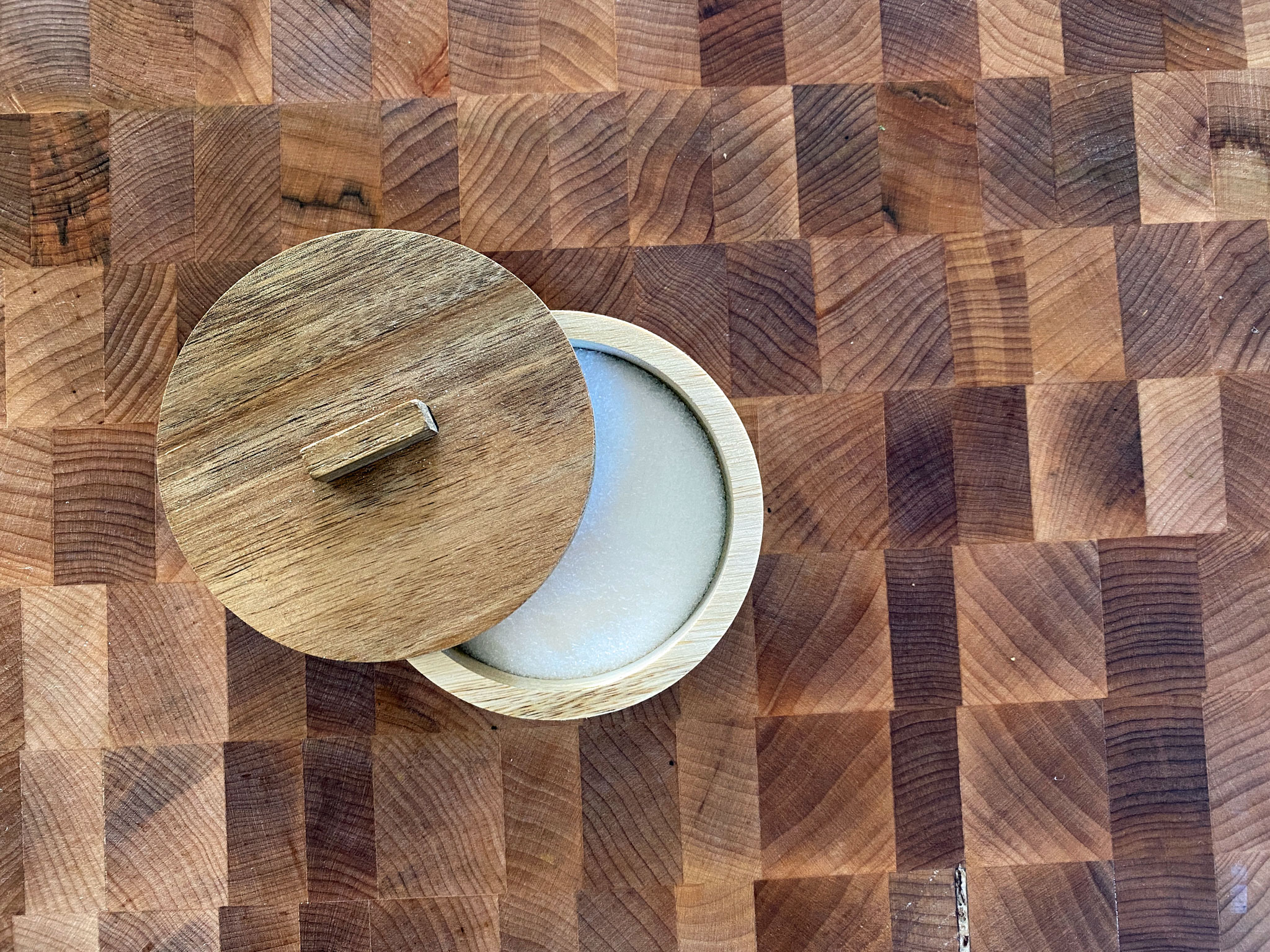
MSG is Not Bad for You, and It Makes Food Taste Really Good
Growing up in New Jersey, I had the benefit of eating a lot of really good Chinese-American food.
Growing up in the ’70s, I remember always seeing the signs posted at the Chinese restaurants proclaiming “No MSG”.
I never really thought about it as a kid. The signs were just there, and I assumed MSG was something bad, and that’s why they wanted us to know that they didn’t use it. Also, as a kid, one of my favorite snack foods was Doritos. I had no idea that Doritos had, and still has, MSG as one of its ingredients. It’s one of the things that makes it taste so good. (If you’ve consumed Campbell’s Soup, Doritos, Chick-fil-A, KFC, and a slew of other things, you’ve ingested MSG. It also occurs naturally in many foods such as tomatoes and cheeses.)
What’s the Deal with MSG Anyway?
Is It Unhealthy?
Nope. In actuality, it’s quite the opposite. MSG stands for Monosodium Glutamate. Notice that the word “sodium” is part of it. MSG contains 67% LESS sodium than salt. Both enhance flavors. MSG can help you reduce your sodium intake by using it instead of salt, or by using it to replace some of the salt in your diet. Another way that MSG is healthy is that it enhances the flavor of bland healthy food, such as kale, making it more palatable and people more likely to eat it, while simultaneously reducing sodium intake.
Unfortunately, the myth that MSG is bad for you is rooted in bias and racism. Ironically, it was started by a Chinese-American doctor.
“In April 1968 Robert Ho Man Kwok, a Chinese-American doctor working in Maryland, published a letter in the New England Journal of Medicine. He wrote: ‘For several years since I have been in this country, I have experienced a strange syndrome whenever I have eaten out in a Chinese restaurant, especially ones that served northern Chinese food.’
The Journal itself rearranged some of Kwok’s words and titled the letter ‘Chinese Restaurant Syndrome’ (CRS). The moniker stuck and dozens of letters were published by the Journal over the next several months describing the same mysterious illness, which included the onset of headaches, heart palpitations, and numbness after the consumption of food from a Chinese restaurant.”[1]Khiara Ortiz, “MSG – A Brief History” Eaten – The Food History Magazine No. 15: Salty – Autumn 2022, 51.
Unfortunately, there is still racism today against immigrants of different nationalities, including Chinese. Blaming MSG from Chinese restaurants as a cause of illness helped people justify their racism.
The fact that MSG was actually invented in Japan somehow got left out.
Perhaps racism is also what led to the bias in testing where mice were injected with extremely high levels of MSG. If you consume 1,000 times the normal amount of anything, you are going to become ill. That’s common sense.
Also, injecting a substance into the blood is not the same as eating it. MSG is broken down in the stomach.
In 1999, food writer Jeffrey Steingarten published an essay for Vogue titled “Why Doesn’t Everyone in China Have a Headache?” He was right to pose such a question and wasn’t the only journalist venturing to explore the unfounded conjecture that Chinese Restaurant Syndrome was an illness caused by the food from a single country. Americans had been consuming MSG, knowingly or not, through a variety of domestically manufactured foods decades before Kwok wrote his letter without suffering any health issues, or at least none severe enough to warrant writing a letter to a medical journal.
Anthony Bourdain said it best when on a 2016 episode of “Parts Unknown,” he asked “You know what causes Chinese Restaurant Syndrome?” He didn’t have to vocalize the answer, but he did anyway. “Racism.”[2]Khiara Ortiz, “MSG – A Brief History” Eaten – The Food History Magazine No. 15: Salty – Autumn 2022, 55.
Today, it is accepted that MSG is “generally recognized as safe to eat”.[3]“Questions and Answers on Monosodium glutamate (MSG)”. www.fda.gov. U.S. Food and Drug Administration. 19 November 2012. MSG occurs naturally in many foods, such as tomatoes and cheeses.
It is also accepted that a small percentage of people may be allergic to MSG.
8 Tips for Using MSG in Cooking and in Recipes
- Using MSG (monosodium glutamate) gives flexibility to reduce the salt in recipes. Play around with cutting back on salt while adding a sprinkle of MSG. Often it’s possible to reduce the sodium content in a recipe by up to half without diminishing the taste.
- MSG harmonizes well with salty and sour tastes, but it contributes little or nothing to sweet or bitter foods.
- Where does MSG work best in recipes and in cooking? Think meats, poultry, seafood, vegetables, soups, casseroles, egg dishes, gravies, and sauces.
- MSG is added to foods before or during cooking. Add it at the same time during the cooking process as you would add salt, pepper or other seasonings.
- Approximately one-half teaspoon of MSG is an effective amount to enhance the flavor of a pound of meat or four-to-six servings of vegetables, casseroles or soup.
- As with all flavorings and spices, taste levels may vary from individual to individual.
- Likewise, don’t overdo. Overuse of MSG, just like other seasonings may spoil the dish and result in an undesirable taste.
- MSG makes good quality food taste better, but will not improve the flavor of poor quality food or a badly devised recipe.[4]MSGFacts.com
Here are some of my recipes that use MSG, and they are not all Asian.
Chinese Noodles & Chicken Stir Fry
Asian Marinated Corvina
Soup Duet Of Red And Yellow Pepper Cream
Sichuan Beef Noodle Stir Fry
Hunan Beef Stir Fry
Smoked Chuck Italian “Pit Roast”
White Chicken Chili
(More to come…)
References
| ↑1 | Khiara Ortiz, “MSG – A Brief History” Eaten – The Food History Magazine No. 15: Salty – Autumn 2022, 51. |
|---|---|
| ↑2 | Khiara Ortiz, “MSG – A Brief History” Eaten – The Food History Magazine No. 15: Salty – Autumn 2022, 55. |
| ↑3 | “Questions and Answers on Monosodium glutamate (MSG)”. www.fda.gov. U.S. Food and Drug Administration. 19 November 2012. MSG occurs naturally in many foods, such as tomatoes and cheeses. |
| ↑4 | MSGFacts.com |

